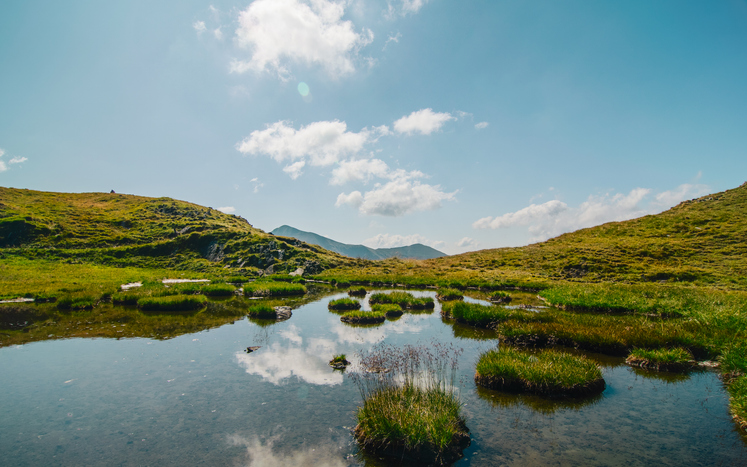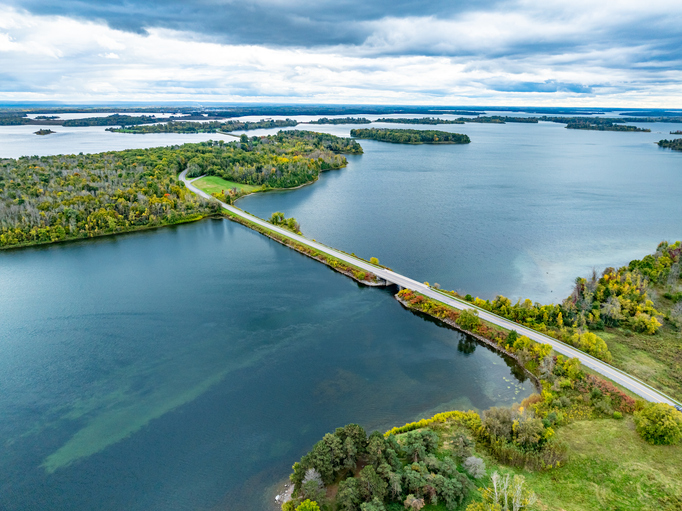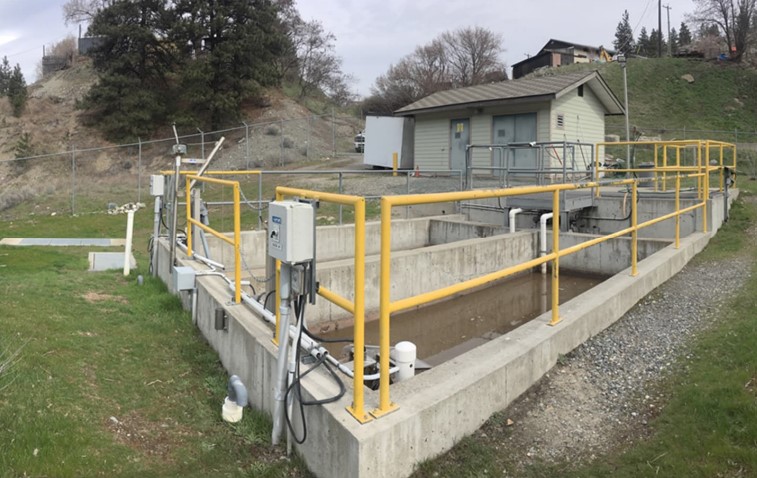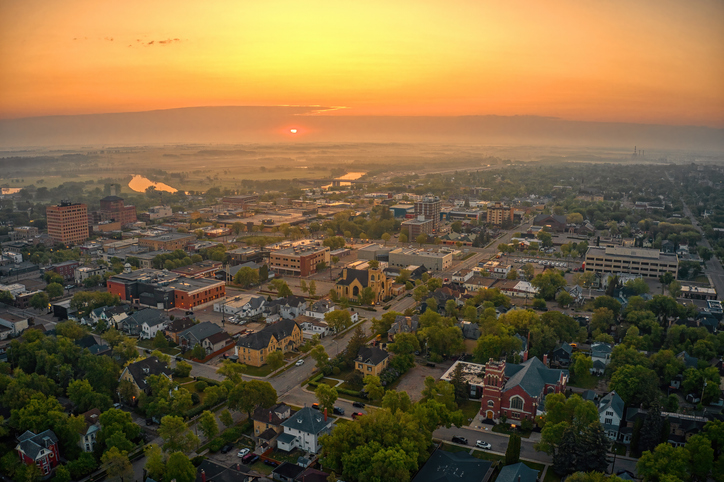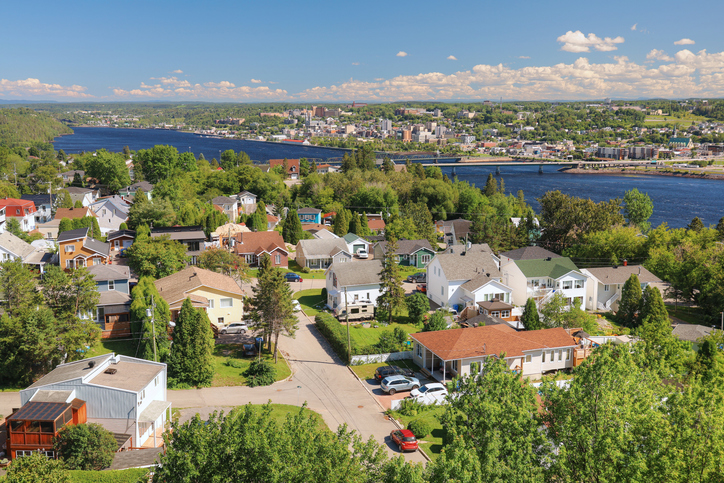Alberta’s government is investing $7 million to improve water quality and help protect communities from floods and droughts.
The new funding includes $3.5 million for 20 new projects to help restore and protect watersheds across the province. The new funding will help make Alberta more flood and drought resistant.
Healthy and resilient watersheds help prevent floods during storms, release water during droughts, and help Alberta’s growing communities and environment thrive. They carry water through rivers, lakes and streams, helping to sustain ecosystems.
This funding will help one city, two counties and 17 non-profits restore riverbanks and watersheds, stabilize streambanks, and improve the natural movement of water to mitigate floods and droughts.
“By investing in watersheds, we are improving community protections from future floods and droughts. This funding not only supports landowners, it also results in cleaner water, thriving ecosystems, and a healthier environment for people and wildlife across the province,” said Rebecca Schulz, Minister of Environment and Protected Areas.
“Our government is proud to fund and support our local partners who play a vital role in restoring wetlands and riparian areas while fostering stewardship to protect Alberta’s water systems for future generations,” said Grant Hunter, Associate Minister of Water.
The new Watershed Resiliency and Restoration Program funding is investing in important projects across the province, from improving watershed health in the Lesser Slave region to revitalizing the urban banks of Calgary’s Elbow River. In Medicine Hat, students will gain hands-on experience in bioengineering techniques for stabilizing riverbanks, blending restoration with education. Drought resilience efforts will help urban homeowners in Lethbridge manage water more effectively and support landowners in Milk River as they design sustainable irrigation plans.
Applications are now open for another $3.5 million in funding to support even more watershed resilience and restoration projects. Organizations, non-profits, Indigenous communities, and municipalities can apply until September 15, 2025.
“Funding from the Watershed Resiliency and Restoration Program will help our residents implement long-term strategies to address drought in Lethbridge. By transitioning to water-wise, drought resilient landscaping, homeowners can put plans in action today that will lead to water conservation success in the future. Environment Lethbridge is thrilled to be able to use this funding to help urban residents achieve their outdoor water conservation goals,” said Kathleen Sheppard, executive director, Environment Lethbridge Council.
“With funding from the province’s WRRP program, the Lesser Slave Watershed Council maintains capacity to engage with municipal and community partners, educate and inform watershed residents about the importance of resilient riparian areas and wetlands, assess riparian condition on streams in our basin, and work one-on-one with landowners to implement on-the-ground projects that protect or enhance valuable riparian habitat. The program has been essential to the Lesser Slave Watershed Council’s Watershed Resiliency Program since 2016,” said Meghan Payne, executive director, Lesser Slave Watershed Council.

